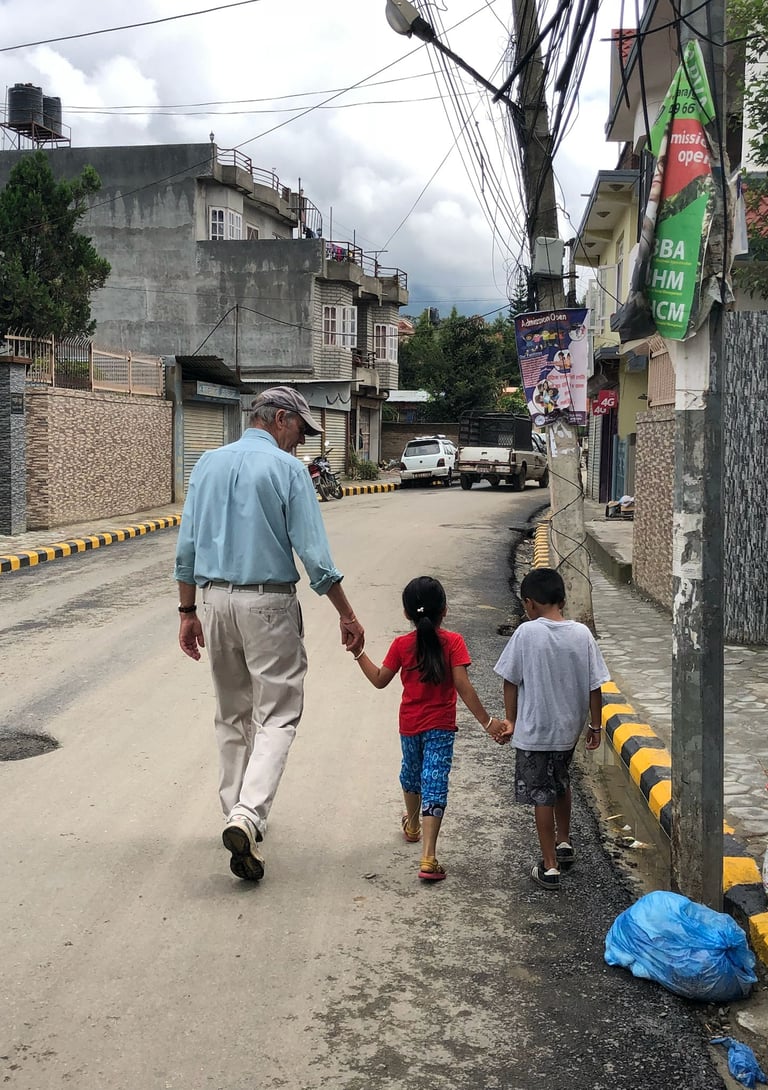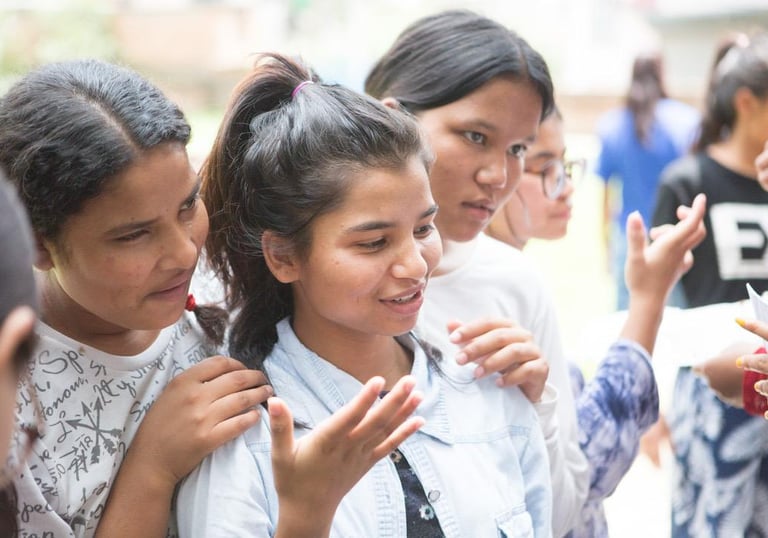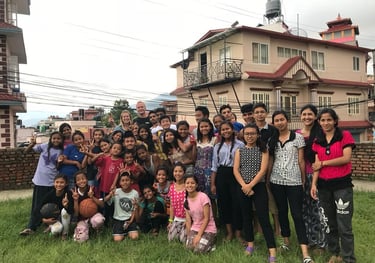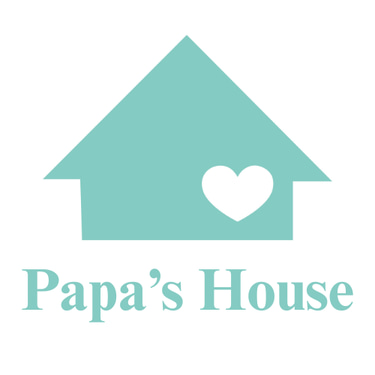Over the years, more than 170 children have been supported by Papa’s House, many of whom are now grown and contributing actively within their communities across Nepal and around the world. In alignment with its evolving mission and a 2023 directive from Nepal’s Child Rights Council, a transition away from residential care was initiated. As of 2025, although children no longer reside at Papa’s House, the organization continues to provide robust support through educational and family-based assistance. Children attend Skylark School in Dhapasi and participate in after-school enrichment programs at the Chelsea Center. Additional support is extended to four adolescents in Grade 11 and fifteen university students who live independently with ongoing financial assistance. Two young adults completed university in 2024, and fifteen others are pursuing higher education abroad in countries including Australia, Germany, and the United States. Papa’s House remains deeply committed to the holistic development of children and young adults. Through education, healthcare, and personal guidance, it continues to empower youth both within Nepal and abroad. The organization also runs community outreach initiatives, including psychosocial support for children in the oncology ward at Kanti Children’s Hospital, support for visually impaired children at the Blind Protection Society, adult literacy classes for women, and after-school tutoring for students from local government schools.
The Chelsea Center now serves as a hub for ongoing education and community, where current children and alumni gather to celebrate milestones and maintain the familial bonds that began at Harmony House.
Support for Papa’s House was historically provided by Nepal Orphans Home (NOH), a U.S.-based nonprofit that partnered with the organization from its founding. With NOH in the process of closing, future guidance and donor engagement will be facilitated by No Limits Nepal (NLN), a registered 501(c)(3) nonprofit committed to continuing the support and mission of Papa’s House.








